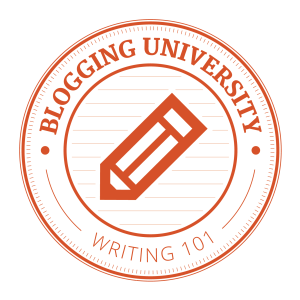 Naomi Alderman’s novel The Power was published in 2016, and it certainly responds to the current political times in the guise of fictionalized history as modeled by Margaret Atwood’s The Handmaid’s Tale.
Naomi Alderman’s novel The Power was published in 2016, and it certainly responds to the current political times in the guise of fictionalized history as modeled by Margaret Atwood’s The Handmaid’s Tale.
The basic premise is that females of the Homo sapiens develop an unusual organ which allows them to discharge electricity. This organ, appropriately enough called a skein, seems to be the byproduct of genetic and environmental factors. This evolutionary development upends the dominant patriarchal power structure. This premise reminded me of Greg’s Bear’s 1999 book Darwin’s Radio which also theorizes that humans have not reached the apotheosis of their evolution and that the expression of embedded genetic codes can be triggered in response to environmental stimulus.
The narrative structure is rather complex and definitely shows that this novel is the product of drafts over time. Indeed, the central idea of The Power originated in another novel which Alderman junked in 2013. I read The Power on my Kindle and the Kindle opened the book to Chapter 1. I realized that the Kindle had skipped a bunch of stuff and so academic that I am, I went back to the beginning of the book and skimmed the prefatory stuff. This included a long passage from Samuel 1 of the Bible, a passage from a feminist religious text with Biblical cadences and some letters. Interesting, I thought rather vaguely but I wanted to get back to the novel.
It was not until I finished the novel that I realized that those letters are essential for understanding the novel. Those letters are exchanged between Neil the author of the novel and his mentor Naomi — who clearly is the writer who has greater recognition and fame in the imaginary world of Neil and Naomi. It can be inferred that Neil is a historian whose work is disregarded by scholars because he is a man and also because what he is proposing on the basis of scattered archeological records and shrewd surmise is an outlandish concept to his contemporary society. What Neil has sent Naomi to read and critique if his fictionalization of the events leading up to the Cataclysm (I will provide no further explanation of this phrase since it would be a major plot spoiler). I found the letters between Neil and Naomi more thought-provoking than the central narrative because of the way Alderman reverses nineteenth-century relationships between famous male authors/publishers and struggling but brilliant female authors.
Side note: While reading these letters, I thought of the Brontes who published under male pseudonyms and Mary Shelley who published Frankenstein anonymously; all of these women had reviewers insist that men wrote their books because women could never have imagined such violent or deviant characters and/or events).
When I finished the book, I went back and reread the beginning, some sections in the middle and then reread the end. Alderman’s characters are well-drawn, but it is really a novel driven by an idea of what gender means and how gender determines power.
And, let me be brutally honest, it is a bit of a retribution fantasy. I think only feminazis, Amazons and literary types would appreciate the themes and commentary. Although the cover does proclaim that President Obama thought the book worthwhile.
Read Claire Armitstead’s interview from October 2016 Guardian here.
Read a book review by Justine Jordan in The Guardian here.


